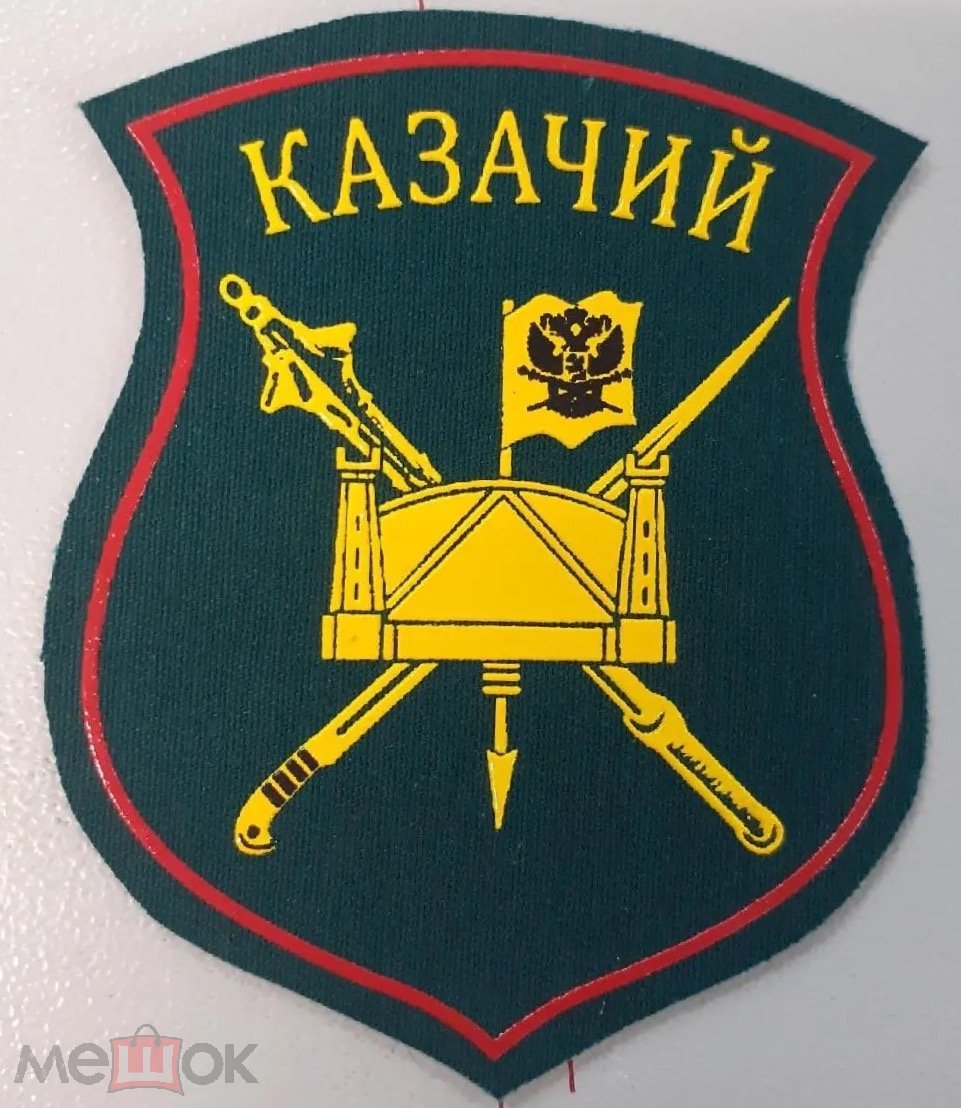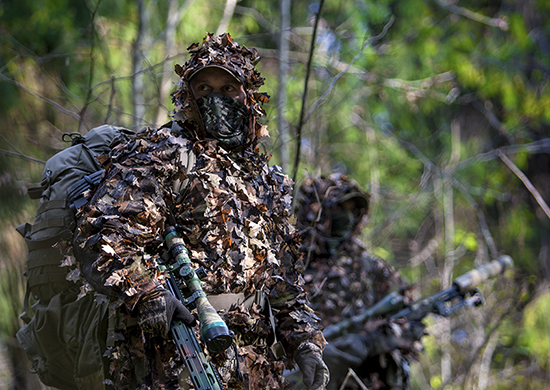|
205th Separate Motor Rifle Brigade
The 205th Separate Cossack Motor Rifle Brigade (205 ''omsbr'') (; Military Unit Number 74814) is a mechanized infantry brigade of the Russian Ground Forces. Part of the 49th Combined Arms Army, the brigade is based in Budyonnovsk, Stavropol Krai. Formed in 1995 during the First Chechen War, the brigade has since fought in most Russian post-Soviet conflicts, including the War of Dagestan, Second Chechen War, the Russo-Georgian War, and the 2022 Russian invasion of Ukraine. History First Chechen War The 205th Separate Motor Rifle Brigade was formed by 1 May 1995 (although it marks its anniversary on 2 May) in accordance with a 17 March Minister of Defense directive during the First Chechen War. The brigade was formed in recently captured Grozny from battalions and companies drawn from the 167th Separate Motor Rifle Brigade, deployed from Chebarkul, the 131st Separate Motor Rifle Brigade from Maykop, and the 723rd Guards Motor Rifle Regiment of the 16th Guards Tank Division ... [...More Info...] [...Related Items...] OR: [Wikipedia] [Google] [Baidu] |
Mechanized Infantry
Mechanized infantry are infantry units equipped with armored personnel carriers (APCs) or infantry fighting vehicles (IFVs) for transport and combat (see also mechanized force). As defined by the United States Army, mechanized infantry is distinguished from motorized infantry in that its vehicles provide a degree of armor protection and armament for use in combat, whereas motorized infantry are provided with "soft-skinned" wheeled vehicles for transportation only.Infantry Division Transportation Battalion and Transportation, Tactical Carrier Units. (1962). United States: Headquarters, Department of the Army. p. 15 Most APCs and IFVs are fully tracked or are all-wheel drive vehicles (6×6 or 8×8), for mobility across rough ground. Some nations distinguish between mechanized and armored (or armoured) infantry, designating troops carried by APCs as mechanized and those in IFVs as armored. The support weapons for mechanized infantry are also provided with motorized transport ... [...More Info...] [...Related Items...] OR: [Wikipedia] [Google] [Baidu] |
Grozny
Grozny ( rus, Грозный, p=ˈgroznɨj; ce, Соьлжа-ГӀала, translit=Sölƶa-Ġala), also spelled Groznyy, is the capital city of Chechnya, Russia. The city lies on the Sunzha River. According to the 2010 census, it had a population of 271,573 — up from 210,720 recorded in the 2002 census, but still only about two-thirds of 399,688 recorded in the 1989 census. It was previously known as (until 1870). Names In Russian, "Grozny" means "fearsome", "menacing", or "redoubtable", the same word as in Ivan Grozny ( Ivan the Terrible). While the official name in Chechen is the same, informally the city is known as "" (""), which literally means "the city () on the Sunzha River ()". In 1996, during the First Chechen War, the Chechen separatists renamed the city Dzhokhar-Ghala ( ce, Джовхар-ГӀала, Dƶovxar-Ġala), literally Dzhokhar City, or Dzhokhar/Djohar for short, after Dzhokhar Dudayev, the first president of the Chechen Republic of Ichker ... [...More Info...] [...Related Items...] OR: [Wikipedia] [Google] [Baidu] |
Shalazhi
Shalazhi (russian: link=no, Шалажи; ce, Шалажа, ''Şalaƶa'') is a rural locality (a '' selo'') in the Urus-Martanovsky District, the Chechen Republic, Russia. Geography Shalazhi is located west of the republic on the foothills of the Greater Caucasus mountains and is located on the banks of the Shalezha River. It is west of Urus-Martan and south-west of the City of Grozny. The nearest settlements to Shalazhi are Katyr-Yurt and Valerik in the north, Gekhi-Chu in the east and Yandi in the north-west. History 1944–1958 In 1944, after the genocide and deportation of the Chechen and Ingush people and the Chechen-Ingush ASSR was abolished, the village of Shalazhi (Şalaƶa) was renamed to Podgornoye. In 1958, after the Vaynakh people returned and the Chechen-Ingush ASSR was restored, the village regained its old names, Shalazhi in Russian, and Şalaƶa in Chechen. Present time In 2020, the village made headlines as the place where Abdullah Anzorov was buried ... [...More Info...] [...Related Items...] OR: [Wikipedia] [Google] [Baidu] |
Battle Of Grozny (March 1996)
The Second Battle of Grozny , also known as Operation Retribution, was a three-day surprise attack by Chechen fighters who stormed the capital city of Grozny that was occupied by Russian Armed Forces. Background By June 1995 the Chechens had lost all the major cities and towns. On General Aslan Maskhadov's orders, the Chechen resistance shifted from conventional warfare to guerrilla warfare, relying on the mountains. Battle On March 6, 1996, Chechen fighters launched a surprise attack on Grozny, striking from three directions and encircling outlying Russian posts and local pro-Moscow Chechen police stations, catching Russian troops off guard, inflicting significant losses, overrunning much of it and capturing weapons and ammunition stores. The attack was supposedly intended to show that the Chechens could still operate against Russian forces. Aftermath Three days later, after the Chechens left the city, fighting in the Grozny Grozny ( rus, Грозный, p=ˈgrozn ... [...More Info...] [...Related Items...] OR: [Wikipedia] [Google] [Baidu] |
Kizlyar–Pervomayskoye Hostage Crisis
The Kizlyar–Pervomayskoye hostage crisis, also known in Russia as the terrorist act in Kizlyar (russian: Теракт в Кизляре), occurred in January 1996 during the First Chechen War. What began as a raid by Chechen separatist forces led by Salman Raduyev against a federal military airbase near Kizlyar, Dagestan, became a hostage crisis involving thousands of civilians, most of whom were quickly released. It culminated in a battle between the Chechens and Russian special forces in the village of Pervomayskoye, which was destroyed by Russian artillery fire. Although the Chechens escaped from the siege with some of their hostages, at least 26 hostages and more than 200 combatants on both sides died. One third of the homes in Pervomayskoye were destroyed. Kizlyar On January 9, 1996, a force of about 200 Chechen guerrillas led by Salman Raduyev, calling themselves Lone Wolf and allegedly acting on orders by Chechen President Dzhokhar Dudayev (although Dudayev would l ... [...More Info...] [...Related Items...] OR: [Wikipedia] [Google] [Baidu] |
Pervomayskoye, Khasavyurtovsky District, Republic Of Dagestan
Pervomayskoye (russian: links=no, Первомайское) is a types of inhabited localities in Russia, rural locality (a Village#Russia, selo) in Khasavyurtovsky District, Republic of Dagestan, Russia. Population: There are 13 streets. Geography Pervomayskoye is located 37 km northwest of Khasavyurt (the district's administrative centre) by road. Sovetskoye is the nearest rural locality. References Rural localities in Khasavyurtovsky District {{Dagestan-geo-stub ... [...More Info...] [...Related Items...] OR: [Wikipedia] [Google] [Baidu] |
Internal Troops Of Russia
The Internal Troops of the Ministry for Internal Affairs of the Russian Federation (VV; russian: Внутренние войска Министерства внутренних дел (ВВ), ''Vnutrenniye Voiska Ministerstva Vnutrennikh Del'') was a paramilitary force of the Ministry of Internal Affairs (Russia), Ministry of Internal Affairs of Russia from 1991 to 2016. The Internal Troops was a gendarmerie-like force that supported the Police of Russia, Russian police, dealt with crowd control during riots and internal conflicts, and guarded highly-important facilities such as nuclear power plants. The Internal Troops was involved in all conflicts and violent disturbances in modern Russia, including and First Chechen War, First and Second Chechen Wars, where it fell under direct military command during wartime and fulfilled missions of local defence and Rear Area, rear area security. The Internal Troops consisted of both Military volunteer, volunteers and conscripts which cau ... [...More Info...] [...Related Items...] OR: [Wikipedia] [Google] [Baidu] |
Khankala
Khankala (russian: Ханкала, ce, Хан-ГӀала, translit=Ẋan-Ġala) is a settlement in Groznensky District of the Chechen Republic, Russia, located to the east of Grozny Grozny ( rus, Грозный, p=ˈgroznɨj; ce, Соьлжа-ГӀала, translit=Sölƶa-Ġala), also spelled Groznyy, is the capital city of Chechnya, Russia. The city lies on the Sunzha River. According to the 2010 census, it had a pop ..., the republic's capital. Population: The settlement is the location of a Russian military base, the former headquarters of the 42nd Motor Rifle Division (now the headquarters of the successor unit 18th Guards Motor Rifle Brigade), and an airstrip. It was the site of the Battle of Khankala in 1994. See also * 2002 Khankala Mi-26 crash References Rural localities in Chechnya Military installations of Russia {{Chechnya-geo-stub ... [...More Info...] [...Related Items...] OR: [Wikipedia] [Google] [Baidu] |
Spetsnaz
Spetsnaz are special forces in numerous post-Soviet states. (The term is borrowed from rus, спецназ, p=spʲɪtsˈnas; abbreviation for or 'Special Purpose Military Units'; or .) Historically, the term ''spetsnaz'' referred to the Soviet Union's Special Forces of the Main Directorate of the General Staff of the Russian Armed Forces, Spetsnaz GRU, special operations units of the Main Intelligence Directorate (GRU), GRU, the main military intelligence service. It also describes task forces of other ministries (such as the Ministry of Internal Affairs (Russia), Ministry of Internal Affairs' ODON and Ministry of Emergency Situations (Russia), Ministry of Emergency Situations' special rescue unit) in post-Soviet countries. As ''spetsnaz'' is a Russian term, it is typically associated with the special units of Russia, but other post-Soviet states often refer to their special forces units by the term as well, since these nations also inherited their special purpose units fro ... [...More Info...] [...Related Items...] OR: [Wikipedia] [Google] [Baidu] |
Shali, Chechen Republic
Shali (russian: Шали́; ce, Шела, ''Şela'') is a town and the administrative center of Shalinsky District of the Chechen Republic, Russia. Population: History Sheikh Mansur was based here in 1786. Killed civilians during modern warfare (1994—present days) On January 3, 1995, during the course of the First Chechen War, Shali was repeatedly bombed with cluster bombs by Russian jet aircraft. War journalist Anna Politkovskaya said that on January 9 and 10, 2000, when Russian forces chased terrorists, dozen of civilians were killed by a missile and mortar shelling in Shali. Climate Shali has a humid continental climate (Köppen climate classification: ''Dfa''). Administrative and municipal status Within the framework of administrative divisions, Shali serves as the administrative center An administrative center is a seat of regional administration or local government, or a county town, or the place where the central administration of a commune A com ... [...More Info...] [...Related Items...] OR: [Wikipedia] [Google] [Baidu] |
Chaykovsky, Perm Krai
Chaykovsky (russian: Чайко́вский) is a town in Perm Krai, Russia, located on the Kama River southwest of Perm, the administrative center of the krai. Population: 86,714 ( 2002 Census); Name The town is named after the Russian composer Pyotr Ilyich Tchaikovsky, who was born in the nearby town of Votkinsk. Geography The town is located in the Cis-Ural region on left bank of the Kama River, near its confluence with the SaygatkaTrip-guide.ruГород Чайковский на реке Кама in the southwestern part of Perm Krai. The confluence of the Kama and the Saygatka and the nearby Votkinsk Reservoir form a peninsula on which the town is located. The area of Chaykovskoye Urban Settlement is (including the water surface),Official website of Chaykovskoye Urban SettlementAbout the town while the аrea of the town proper is about . Chaykovskoye Urban Settlement borders with Yelovsky District in the north, Vankovsky Rural Settlement in the northeast, Fokins ... [...More Info...] [...Related Items...] OR: [Wikipedia] [Google] [Baidu] |
16th Guards Tank Division
The 16th Guards Tank Division was a tank division of the Soviet Army and later the Russian Ground Forces. The division traced its lineage back to the World War II 3rd Tank Corps, formed in the spring of 1942. The corps received its baptism of fire in the Zhizdra-Bolkhov Offensive during the summer and spent the fall in reserve. In early 1943, the corps fought in Operation Gallop and was destroyed in the Third Battle of Kharkov in late February. The corps was rebuilt in the following months and joined the 2nd Tank Army in June. The corps fought in the Battle of Kursk in July and in the Chernigov-Pripyat Offensive in August and September. In early 1944, it fought in the Korsun-Shevchenkovsky Offensive and the Uman–Botoșani Offensive. For its actions in the latter, the corps received the honorific "Uman" and the Order of Suvorov. During the summer of 1944, the corps fought in the Lublin–Brest Offensive, advancing into Poland. For its actions in the offensive, the corps recei ... [...More Info...] [...Related Items...] OR: [Wikipedia] [Google] [Baidu] |





